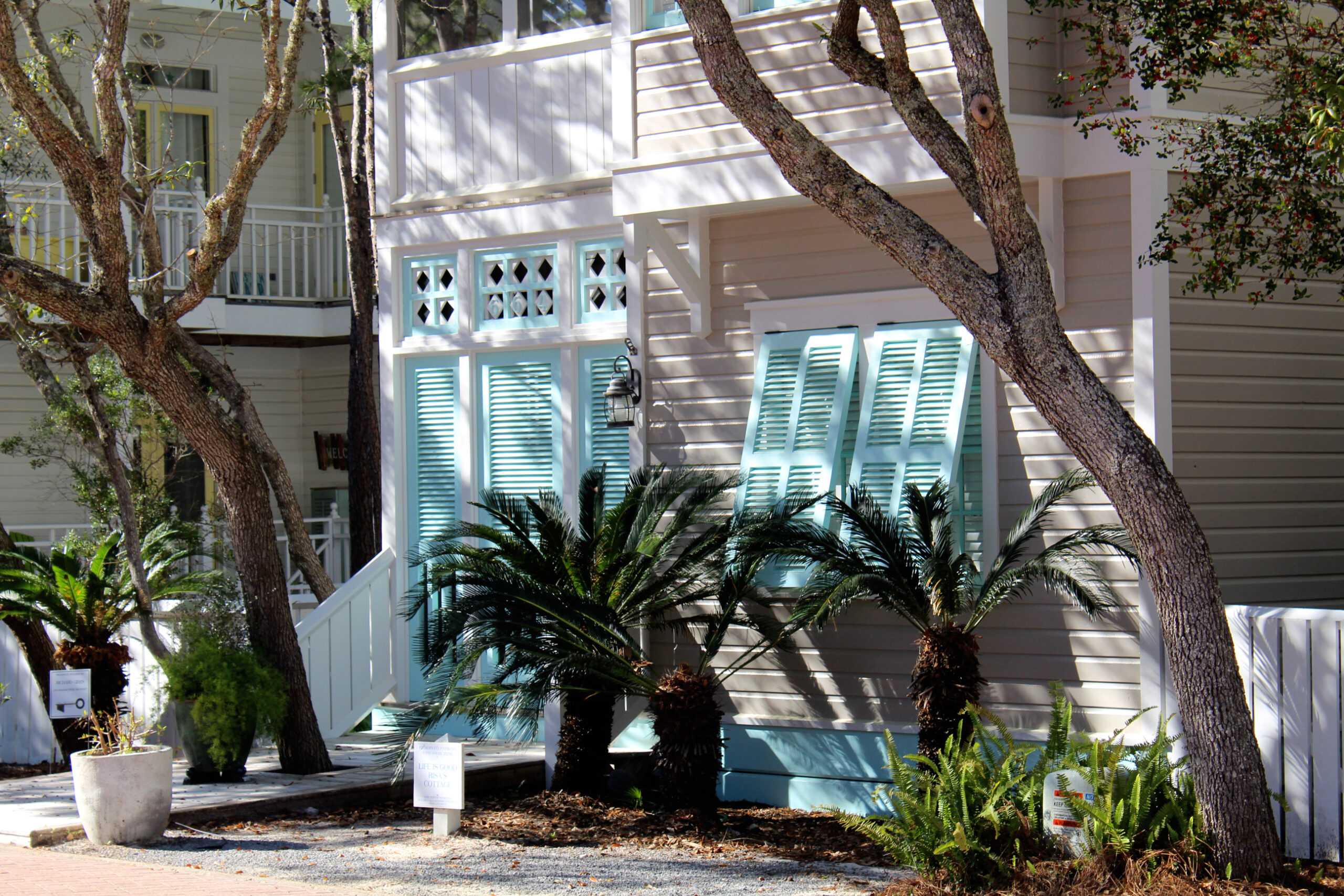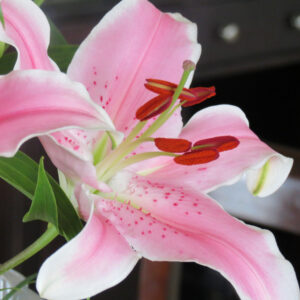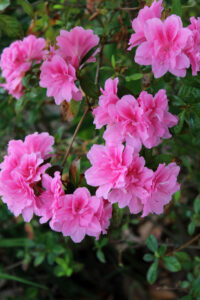75 Common Toxic Plants in your Snowbird Community

75 Common Toxic Plants in Your Snowbird Community
Identify the trees, vines, flowers, bushes and plants that could harm your pet
It seems the most beautiful plants are also the most toxic to pets. Azaleas, tulips, sago palms, lilies, daffodils, hyacinth, hydrangea, wisteria and many more are highly toxic when some or any parts of them are ingested. Especially of concern, Oleander shrubs, commonly planted in subtropical climates, are not only fatally toxic in small amounts to dogs and animals, they have the same effect on humans.
Animals are naturally curious, even more so depending on the age and energy level of your dog. If your pet is anything like my Golden Retriever who sniffs, picks up and often ingests anything that is the slightest bit interesting, it can be a real challenge for pet owners to keep their dog safe. Especially when residing in a community with a different climate, which brings unfamiliar plants to both people and pets. Keep in mind, even if a plant isn't very toxic, it may contain sharp thorns from roses, firethorns, cactus and more or nettles and briers from thistles and other weeds.
The American Society for the Prevention of Cruelty to Animals (ASPCA) publishes a list of toxic plants to canines and toxic plants to cats. There are many additional good reference sites to assist with identifying toxic and poisonous plants.
The information contained within this blog is for general informational purposes and is not to be considered as complete, nor specific advice regarding anyone's pet or for any other purpose. It's imperative to do your own research to make the best decisions for your own personal situation.
WARNING: This information is not intended be substituted for qualified veterinary advice. If your pet could have possibly ingested any of these or other dangerous plants, call your vet or veterinary hospital immediately.
COMMON POISONOUS PLANTS
Plants may be toxic in whole or in part, including berries, roots, dried and fresh leaves, stems, flowers, stamins, bulbs, pods, seeds, nuts/hulls and so forth. It is imperative to do your research in advance of arriving in your snowbird community so you know what to avoid from the very start to finish. There are many common names for plants, depending on the country or region, so dig deep to do your homework when considering whether to let your pet be exposed to an unknown or unfamiliar plant. If you are digitally savvy, there are many free apps to identify plants, which is invaluable for on-the-spot information.

There is nothing more heartbreaking than a preventable tragedy. Now is the time to do research and make adjustments in your northern home and southern home. I consider every single plant, tree, bush, bulb, fruit, vine, vegetable and so forth to be poisonous unless I am highly confident that it isn't.
For my own yard, I've checked each plant to fully know which ones are toxic. Based on risk assessment, I've chopped down, moved and destroyed plants for the sole purpose of being overly cautious to protect not only our fur baby, but guest pets who are staying with us.
Don't overlook assessing the typical outdoor bulbs or seasonal flowers such as hyacinth, daffodils and mums that may be sold in pots for indoor purposes where your cat or dog may have easy access. If you typically have potted plants, such as geraniums, begonias and hibiscus on your deck or patio, be vigilant.
Deadly Sago palms, are not only sold in pots as houseplants, they are very popular landscape focal points and are often planted right next to doors, sidewalks and paths frequented by children and pets. Every part of a Sago palm is extremely toxic, especially the seeds, which grow in a pod from the center of the palm. Just one seed can cause liver failure in a medium-sized dog or small child.
As a casual observation, tubers, bulb-based plants and members of the onion family, including lilies are highly poisonous. Trees bearing citrus and stone fruits are another problem for canines. Also consider plant litter such as berries, which land all over the pavement of our southern home's parking lot. Of course, our dog picks up everything of interest including sticks, berries, palm fronds and other plant debris. You just can't be too careful when walking around your snowbird community with your curious pet.
Remember, the list below is by no means inclusive of all toxic plants, it is a general starting point. Knowledge, prevention and diligence provides improved peace of mind.
WARNING: This information is not intended be substituted for qualified veterinary advice. If your pet could have possibly ingested any of these or other dangerous plants, call your vet or veterinary hospital immediately.
Toxic Plants by Category
Lilies / Lilium
Allium

Asian lily
Calla lily
"Naked" lily:" grows from a stalk and has no leaves
Peace lily
Tiger lily
Seasonal Flowering Plants
Azalea/Rhododendron
Crocus
Daffodil
Hyacinth
Mistletoe
Mum / Chrysanthemum
Narcissus, also known as Paper White
Poinsettia
Rhododendron/Azalea
Tulip
Tropical Plants
Aloe Vera
Amaryllis
Bird of Paradise
Castor Bean: fatally toxic to humans and animals
Cyclamen
Elephant ears
Eucalyptus
Gardenia
Hibiscus
Yucca
Annual Plants
Asparagus fern
Begonia
Geranium
Lantana: grown as an annual in the North
Sweet Pea
Vinca
House Plants
"Corn" plants
Coleus
Dieffenbachia, also known as "Dumb cane"
Fern
Palm
Philodendron
Rubber plant
Perennial Plants
Bleeding Heart
Carnation
Daisy
Dahlia
Day lilies: poisonous to cats, but not dogs
Foxglove
Gladiola
Hosta
Iris
Lantana
Lavender
Lily of the Valley
Lenten Rose
Peony
Vinca
Yarrow
Herbs/Vegetables
Chives
Eggplant
Garlic
Mint
Nightshade plants: eggplant, tomatoe, potato and some varieties of peppers
Onion
Oregano
Parsley
Rhubarb
Tarragon
Tomatilla
Tomato plant
Watercress
Bushes/Shrubs
Boxwood
Burning Bush
Holly
Honeysuckle
Hydrangea
Oleander: Fatally toxic to humans and pets in very small amounts, especially dried leaves of the oleander
Privet
Rose of Sharon
Vinca
Winterberry
Yew
Trees
Apple
Apricot
Avocado
Cherry
Crabapple
Grapefruit
Lemon
Locust
Oak, including acorns
Oleander: Fatally toxic to humans and pets in very small amounts, especially dried leaves of the oleander
Palm: Sago (also known as Cycad) palms are extremely deadly to dogs, cats and children/humans
Peach
Plum
Walnut
Vines
English Ivy
Boston Ivy
Clematis
Grape vine
Morning Glory
Vinca
Wisteria
More poisonous plants
Cannabis / Marijuana
Mushroom / fungi
Thorns, Briers, Stingers
Cactus
Hawthorn
Firethorn
Pinecones: can block intestines when ingested
Rose
Stinging nettle
Thistle
WARNING: This information is not intended be substituted for qualified veterinary advice. If your pet could have possibly ingested any of these or other dangerous plants, call your vet or veterinary hospital immediately.
"Protect those who protect you."
-- Evangelos Venizelos, Greek Politician, Author
The information contained in this website is for general information purposes only. We make no representations or warranties of any kind, express or implied, about the completeness, accuracy, reliability, suitability or availability with respect to the website or the information, products, services, or related graphics contained on the website for any purpose. Any reliance you place on such information is therefore strictly at your own risk.
In no event will we be liable for any loss or damage including without limitation, indirect or consequential loss or damage, or any loss or damage whatsoever arising from or in connection with, the use of this website.
Through this website you are able to link to other websites which are not under the control of Midlife Snowbird. We have no control over the nature, content and availability of those sites. The inclusion of any links or advertisements does not necessarily imply a recommendation or endorse the views expressed within them.
